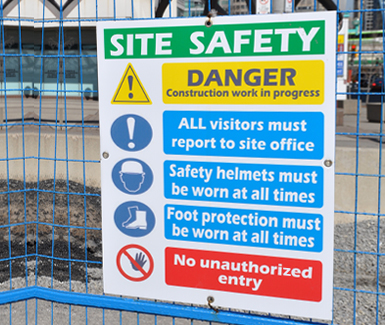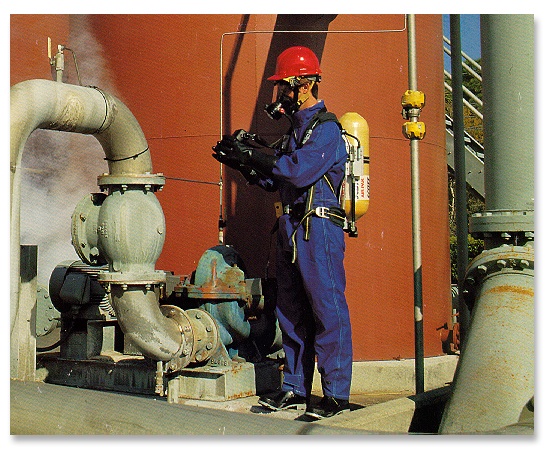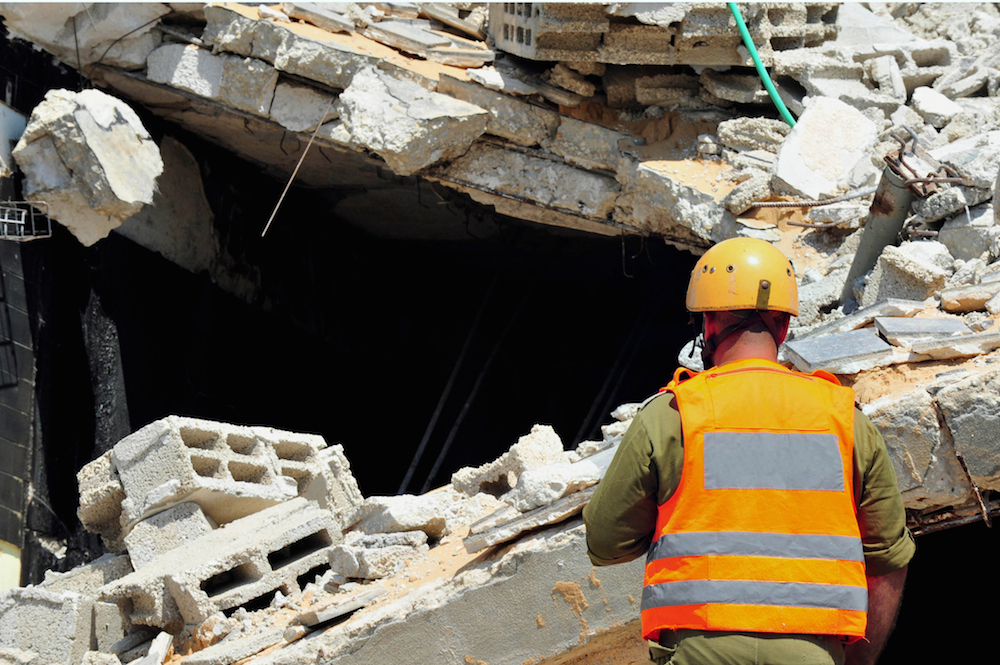Hurricane Season 2020: Staying Safe During the ‘New Normal’
The National Oceanic and Atmospheric Administration (NOAA) forecasted a 60% chance of an above-normal season this year, with 13 to 19 named storms (tropical storms and hurricanes with wind speeds of at least 39 mph), six to ten hurricanes (category 1 or higher with winds of at least 74 mph) and three to six major hurricanes (category 3 or higher with winds of 111 mph or higher).
The average season produces 12 named storms, with six hurricanes and three major hurricanes. This year’s hurricane season already set a record for the earliest fifth named storm ever when Tropical Storm Edouard formed almost two months earlier than the average fifth named storm.
While we have all been preoccupied trying to stay out of the path of the global pandemic, that doesn’t mean we should put off planning for a major storm that could threaten your food or beverage facility’s operation. In fact, COVID-19 is going to present an entirely new dynamic to hurricane preparedness and evacuation plans as people try to uphold social distancing.
Continue Reading “Hurricane Season 2020: Staying Safe During the ‘New Normal’”




![Prepare Your Food Plant for a Hurricane [Infographic]](https://stellarfoodforthought.net/wp-content/uploads/2015/10/Untitled-design.png)







